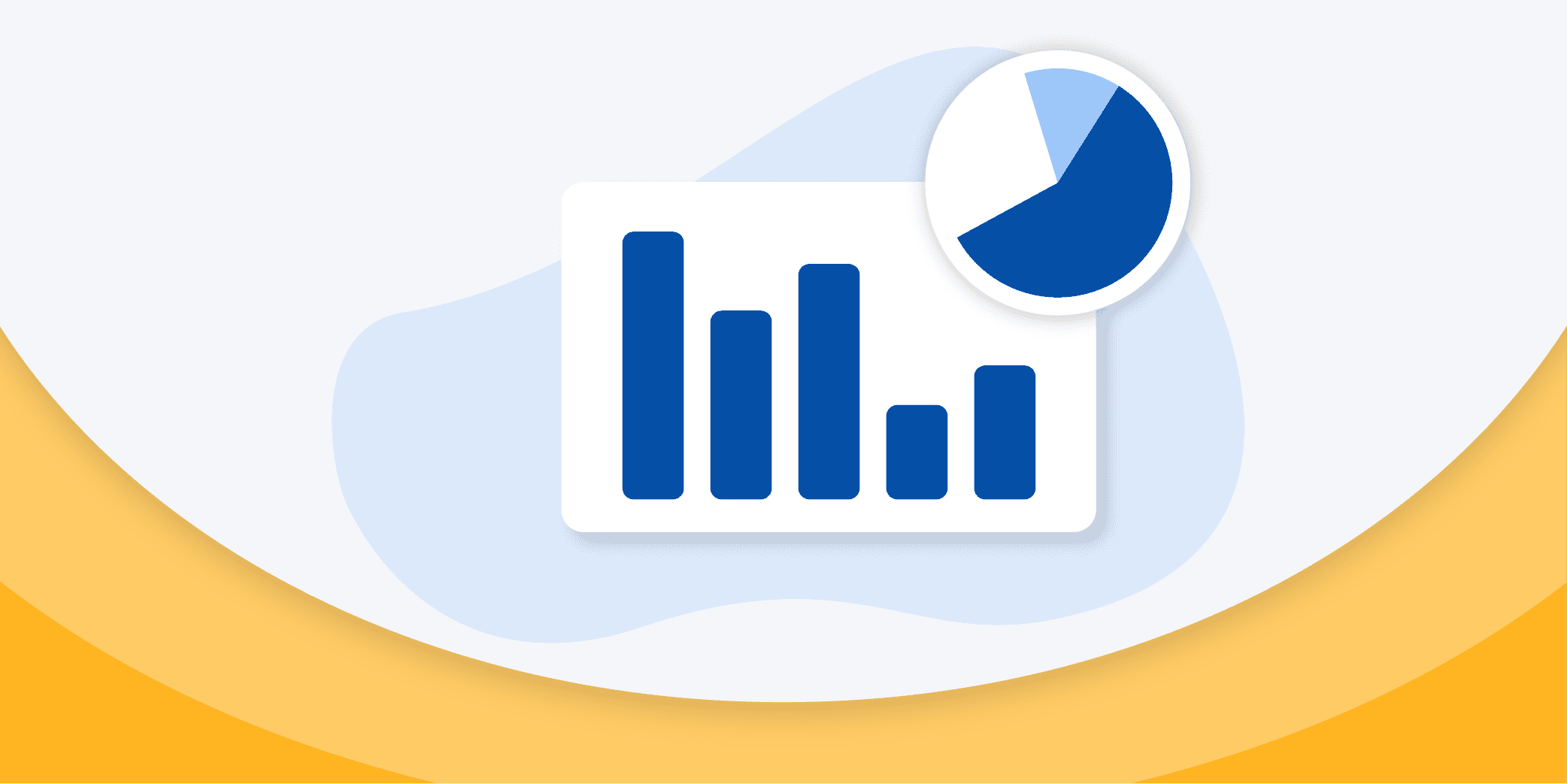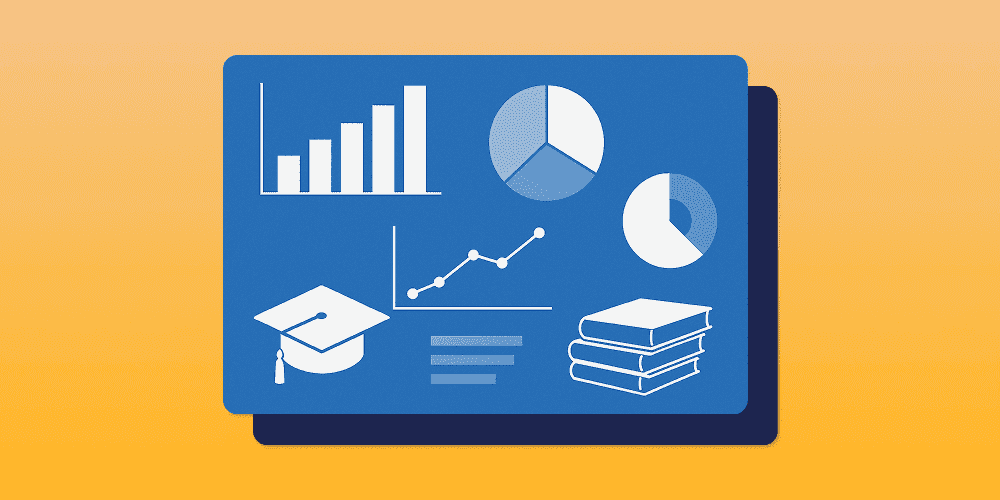Can big data help students succeed?
14.01.2020 • 4 minutes

Exploring Learning Analytics: Transforming Education Through Data Insights
For more than a decade, the development of new technologies, the internet, and social media has created a growing mass of information: big data. This concerns all fields, and particularly education: through online courses and digital platforms used in class, there is a lot of data that can be gathered from education.
Learning analytics, as it is known, covers all the tracks made by a student when using a digital tool to learn. Some institutions have started interpreting this data - often experimentally - while researchers continue to explore the possibilities of a sensible exploitation of learning analytics.
Patterns
This information about learning is treated by powerful algorithms which anonymise, sort, analyse, cross-reference, and regroup it in an effort to draw patterns which depict the way students learn and grow.
Henceforth, one can statistically predict success by correlating various bits of information. For example, one can establish links between grades obtained on a physics test dealing with specific chapters and the results of an exam six months later.
Hence the idea of turning learning analytics into a tool to help advise students on which courses to follow or where to focus their efforts, depending on their academic or professional objectives. This practice is still in its infancy.
Dashboards and learning analytics
Teachers involved in learning analytics use dashboards which allow them to closely follow the evolution of their classes. An alarm system can be put in place to detect early signs of disengagement. The goal is to identify fragile students, prevent failure, and limit the risks of dropping out.
When used correctly, data can also be of great help to students to help them improve their behaviour. Broadly speaking, learning analytics go beyond grades: the information algorithms can take into account also includes whether or not learners consult electronic books, how regularly they visit the library, and so on.
Students can then be urged to follow the example set by peers who study in the library, though, naturally, showing up at the library is by no means a guarantee of success! Some experiments of that kind are being conducted in the United States.
Ethical questions
Still, manipulating such data is not without risk.
The first is setting students on a course which - in theory - is perfect for them, even guiding them to a suitable job, based entirely on their current results, here and now. Such practices would drastically limit individual freedom by discouraging or even preventing anyone from thinking outside the box, growing, and taking risks by leaving their comfort zone.
It would amount to creating a form of discrimination towards students who would be excluded from a certain education or career based on their performance, without being able to give it a shot regardless.
In addition, by promoting only perfectly delineated career paths, such restrictions would also risk stifling the creativity that often emanates from those who have taken the road less traveled.
Lastly, there is the vital question of data security and the major ethical challenge of preventing this information from being sold to companies who would flood students - and even young children - with ads and commercial offers.
In conclusion, though learning analytics could help teachers and students with guidance and decision-making, it is not free of risk, which is why this data must be used with caution and judgement.
Writer

The Wooclap team
Make learning awesome & effective
A monthly summary of our product updates and our latest published content, directly in your inbox.



